MercoPress. South Atlantic News Agency
Tag: IBGE
-
Thursday, September 15th 2022 - 19:20 UTC
Brazil's economic activity going up, Central Bank index shows
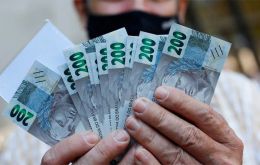
Brazil's economy jumped 1.17% in July from June's figures, according to the Central Bank's Economic Activity Index (IBC-Br) released Thursday based on seasonally adjusted data.
-
Saturday, April 9th 2022 - 07:33 UTC
Brazil's overall crop expected to reach 258,9 million tons

IBGE, the Brazilian Institute of Geography and Statistics cut the country's cereals, pulses, and oilseeds output estimate. According to the Statistics of Agricultural Production, conducted in March, Brazil will harvest an output of 258.9 million tons in 2022, 1% below (2.7 million tons less) than anticipated in February.
-
Tuesday, March 8th 2022 - 09:36 UTC
Brazilian economy expanded 4,6% in 2021, despite a 0,2% contraction of agriculture
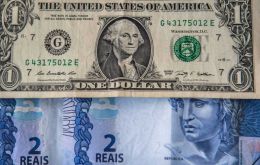
Contrary to foreign forecasts from multilateral organizations forecasts, Brazil’s Gross Domestic Product (GDP) ended 2021 with a 4.6% growth, totaling 8.7 trillion (about US$ 1,7 trillion at the current rate). The country managed to recover from the slowdown of 2020 when the Brazilian economy shrank 3.9% because of the pandemic.
-
Thursday, September 2nd 2021 - 08:54 UTC
Brazil's GDP suprisingly 0,1% in the red
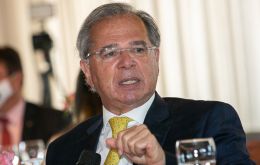
Brazil's Gross Domestic Product (GDP) contracted 0.1% in the 2nd quarter of 2021, the Brazilian Institute of Geography and Statistics (IBGE) reported Wednesday.
-
Wednesday, January 13th 2021 - 09:11 UTC
Brazilian 2020 inflation 4,5%, but food prices skyrocketed 14,1%
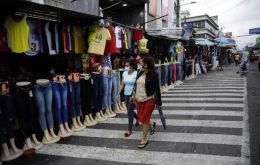
Inflation in Brazil ended 2020 at 4,5% the stats agency IBGE revealed on Tuesday, above the central bank's target, with food prices rising, 14,1%, the most in two decades.
-
Saturday, January 9th 2021 - 09:49 UTC
Brazil industrial production rose for seventh consecutive months in November
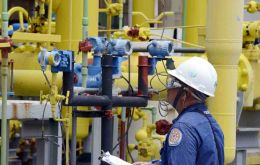
Brazil's industrial production rose for the seventh consecutive month in November, boosted by the output of motor vehicles and clothing. Production rose a seasonally adjusted 1.2% in November and increased 2.8% from the same month a year earlier, the Brazilian Institute of Geography and Statistics, or IBGE, said on Friday.
-
Thursday, November 12th 2020 - 09:26 UTC
Brazil forced to import rice to help keep domestic prices down given the expected smaller crop
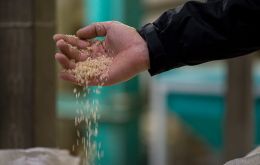
Brazil’s rice production is expected to shrink and the challenge will be to limit exports in order to supply domestic demand and contain domestic prices.
-
Thursday, June 18th 2020 - 12:36 UTC
Brazil retail sales plunge in April anticipating a major contraction of the economy

Brazilian retail sales plunged at a record pace in April as social isolation measures choked spending, official figures showed indicating the economy’s contraction in the second quarter could be even more severe than anticipated.
-
Thursday, April 9th 2020 - 08:48 UTC
February's services sector confirms Brazil is heading for recession

Services activity in Brazil shrank 1% in February, official figures showed on Wednesday, the biggest monthly fall in over 18 months and another sign Latin America's largest economy was already in go-slow mode before the coronavirus crisis erupted.
-
Friday, January 10th 2020 - 09:40 UTC
Brazilian industrial production surprise slump in November
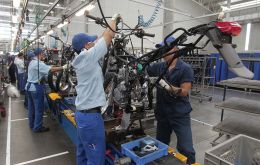
Brazilian industrial production slumped in November after rising for three consecutive months, marking the weakest performance for the month in four years, the government statistics agency IBGE said on Thursday.
